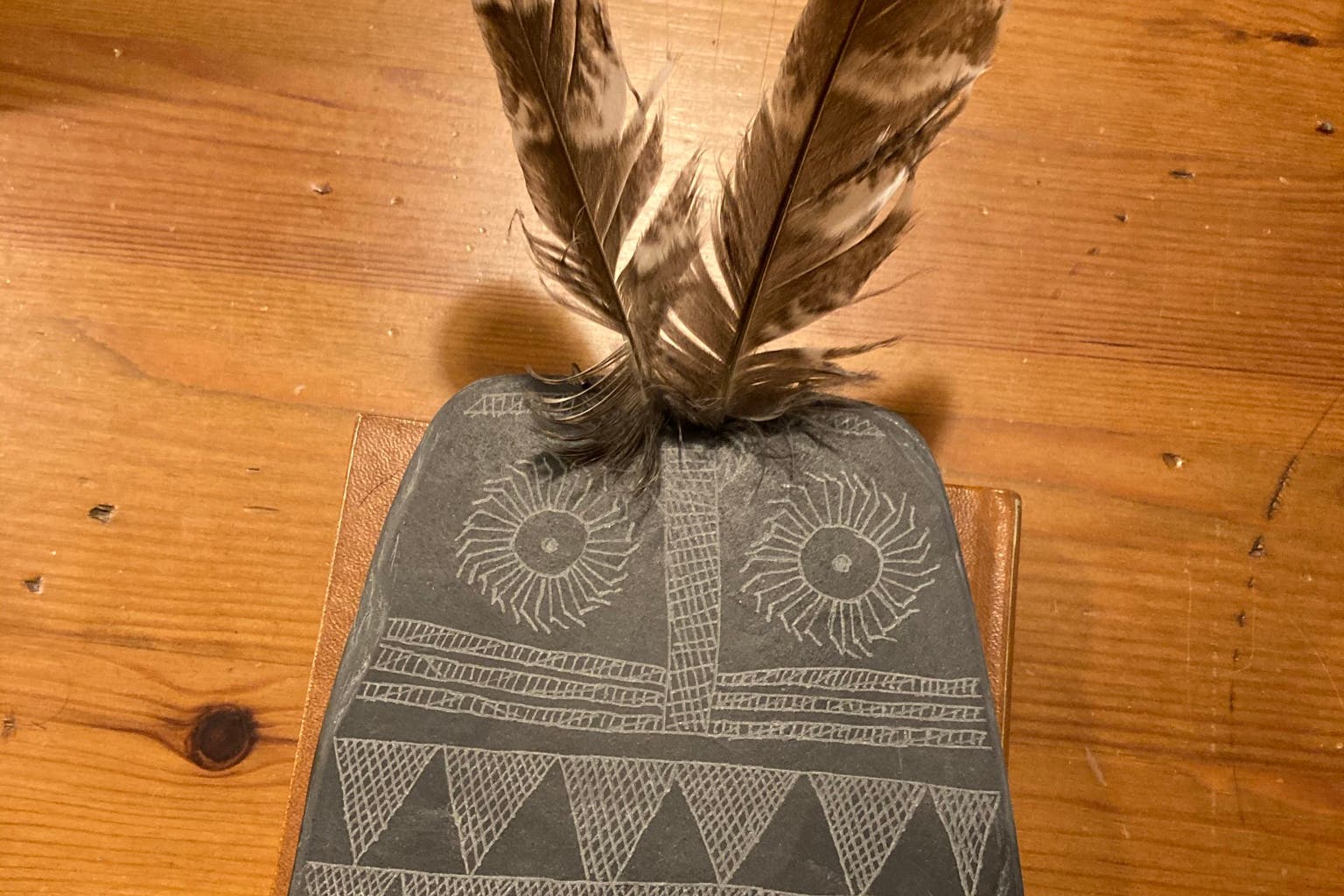Owl-shaped plaques may have been created by Copper Age children as toys – study
It had previously been thought that the plaques had ritualistic significance and represented deities or the dead.

Your support helps us to tell the story
From reproductive rights to climate change to Big Tech, The Independent is on the ground when the story is developing. Whether it's investigating the financials of Elon Musk's pro-Trump PAC or producing our latest documentary, 'The A Word', which shines a light on the American women fighting for reproductive rights, we know how important it is to parse out the facts from the messaging.
At such a critical moment in US history, we need reporters on the ground. Your donation allows us to keep sending journalists to speak to both sides of the story.
The Independent is trusted by Americans across the entire political spectrum. And unlike many other quality news outlets, we choose not to lock Americans out of our reporting and analysis with paywalls. We believe quality journalism should be available to everyone, paid for by those who can afford it.
Your support makes all the difference.Children may have created ancient owl-shaped slate engraved plaques, dating from around 5,000 years, as toys – putting them top of the wish list, according to a new study.
Researchers looked at whether the owl engravings discovered across the Iberian Peninsula – mainly Spain and Portugal – were used for ritualistic purposes, or whether they were more likely to be toys and an opportunity for children to develop carving skills.
Based on comparisons with owl drawings by modern children, it is suggested that some of these plaques may have been ancient toys.
Owl engravings could have been executed by youngsters as they resemble owls painted today by elementary school students
The researchers say the findings may provide insights into how children used artefacts in ancient European societies.
Around 4,000 engraved slate plaques resembling owls – with two engraved circles for eyes and a body outlined below – and dating from the Copper Age – between 5,500 and 4,750 years ago have been found in tombs and pits across the Iberian Peninsula.
Juan Negro from Estacion Biologica de Donana, in Spain, and colleagues, re-examined the idea that the plaques had ritualistic significance and represented deities or the dead.
Based on regional owl species, they suggest the plaques may have been crafted by young people and may have been used as dolls, toys, or amulets.
The authors assessed 100 plaques and rated them on a scale of one to six, based on how many of six owl traits they displayed including two eyes, feathery tufts, patterned feathers, a flat facial disk, a beak, and wings.
The plaques were compared to 100 modern images of owls drawn by children aged four to 13-years-old.
The researchers observed many similarities between the depictions of owls.
They also found that as the children got older and become more skillful, their drawings better resembled the birds of prey.
Many of the plaques had two small holes at the top which do not appear to be suitable for passing cord through in order to hand the plaque.
Instead, it is thought feathers could be inserted through the holes in order to resemble the tufts on the heads of some regional owl species, such as the long-eared owl (Asio otus).
The researchers suggest the items may represent a glimpse into childhood behaviours in Copper Age societies.
They say: “Owl engravings could have been executed by youngsters as they resemble owls painted today by elementary school students.
“This also suggests that schematic drawings are universal and timeless. We propose that the owl-like slate plaques are the remains of a set of objects used in both playful activities and in ritual ceremonies.
“The actual engraving of the plaques may have been part of the game.”
The findings are published in the Scientific Reports journal.